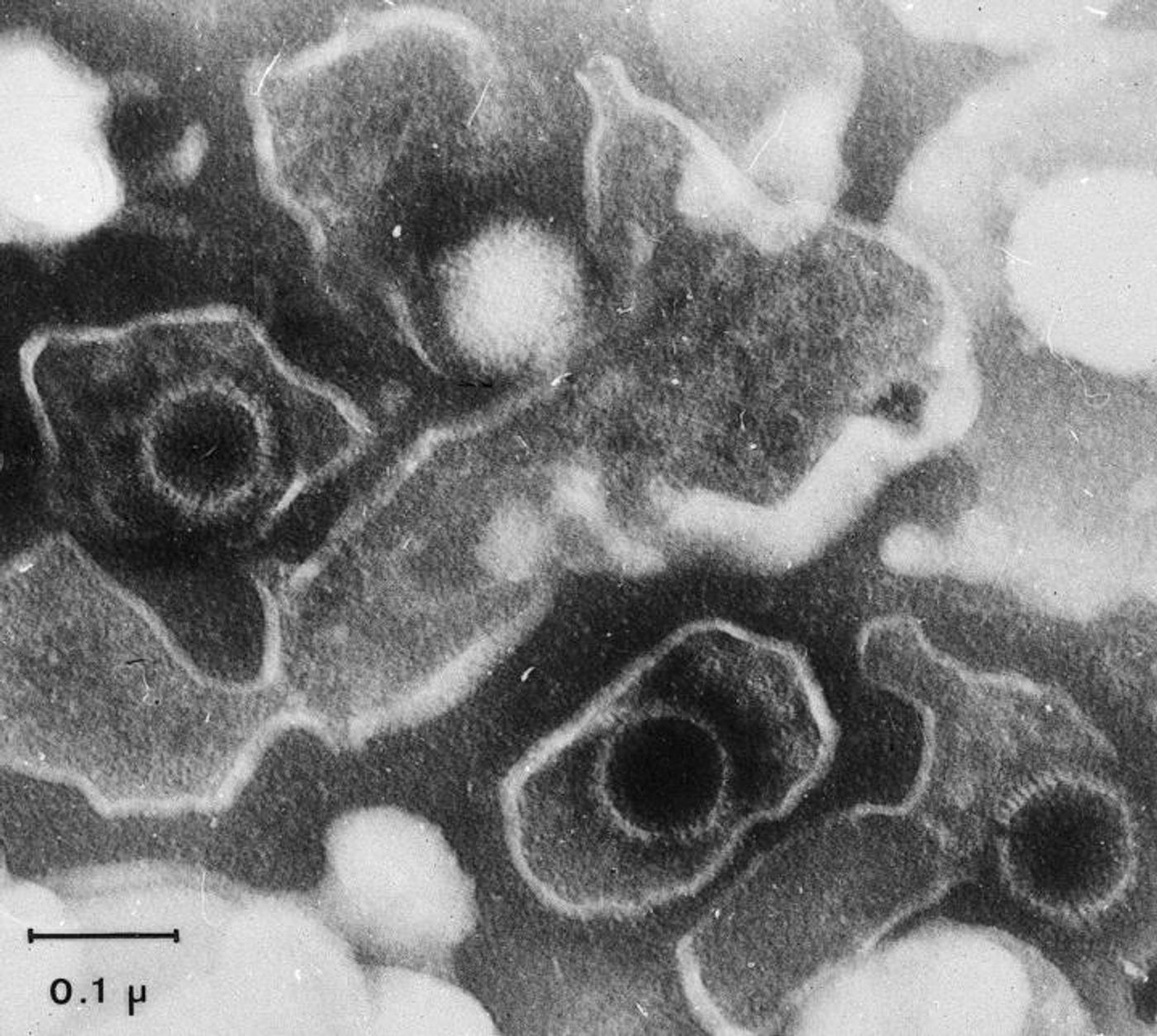The Epstein-Barr Virus (EBV), infamously known for causing bouts of mononucleosis, was originally discovered in 1964 in tissue from a Burkitt lymphoma tumor. Whether it is a college student dealing with an incapacitating mono infection or another individual dealing with a serious EBV-related tumor growth, the virus has a way of exacerbating these conditions by evading the immune system, and scientists are swiftly figuring out how to prevent it from doing so.
From Helmholtz Zentrum München, the German Research Center for Environmental Health, scientists studied how EBV particles take over B lymphocytes and force them to proliferate without warning other immune cells of the EBV infection. They found that the viral particles produce microRNAs that prevent the normal alarm signal that is sent out by an infected B lymphocyte, so other immune cells could pass by with no reason to believe that the infected cell was under any duress.
"The mechanism we discovered renders killer T cells and helper T cells inactive, even when they directly face the infected cell," said study leader Wolfgang Hammerschmidt.
Normally, infected cells signal to the immune system via molecular pieces of the virus infected them on the cell surface for all to see. However, EBV-associated microRNAs block the production of the proteins required for putting this alert response into action.
"If it were possible to disrupt this blockade, this could be an interesting approach to treat cancer,” Hammerschmidt explained. “The immune system could then better fight tumors that are triggered by EBV."
EBV, also known as human herpesvirus 4, is actually commonly spread among humans through bodily fluids, most often saliva, which is why some refer to mononucleosis as “the kissing disease.” The Centers for Disease Control and Prevention states that most people get infected with EBV at some point in their lives, but usually a healthy immune system can keep an infection at bay.
In addition to targeting cases of mononucleosis, which has no specific treatment options, Hammerschmidt’s findings could be also be helpful in treating EBV-related cases of cancer. EBV was the first virus to be shown to cause cancer in humans, and it is associated with a wide variation of human cancers.
Hammerschmidt’s study was recently published in the journal
Proceedings of the National Academy of Sciences.
Sources:
CDC,
Experimental and Molecular Medicine,
Helmholtz Zentrum München
Image: Prof. Georg Bornkamm / Helmholtz Zentrum München









